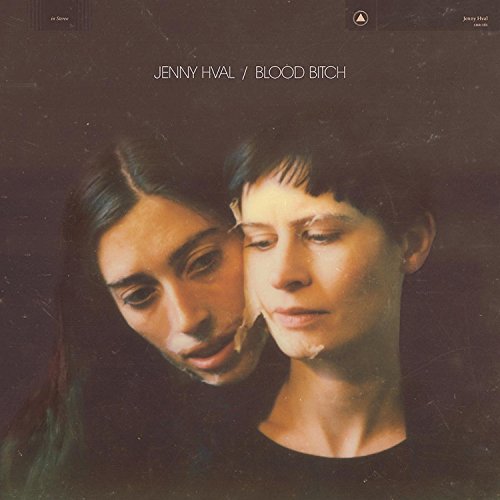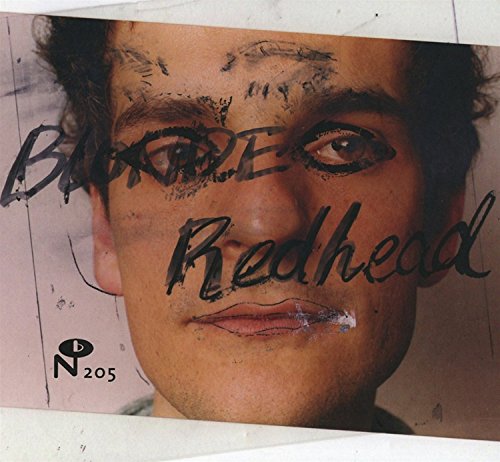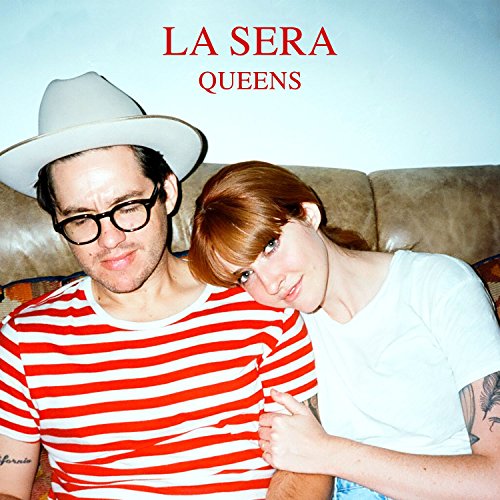Parfitt: Only the odd Pops, while Pop and Ma welcome at One
It's been the day of the Radio Academy radio and music forum, and somewhat impolitely Andy Parfitt turned up and talked about television.
In particular, he focused on the question of if the Christmas and Comic Relief successes of Top Of The Pops suggested there might be life in the corpse yet:
"It has come back in those event-driven moments and that's the way to go," he added.
"It's got a mythical status ... but I don't think we should get hung up on that one programme. We are a long way from [BBC1 controller] Jay Hunt recommissioning Top of the Pops in its old-school form on BBC1."
Andy remembers that Christmas is the most magical event-driven moment of the year, and you can't just have that event-driven moment every week of the year.
Besides, says Andy, you can't have a music programme on television now, because the kids have the mp3s on their iPods:
Parfitt said that younger music consumers expected more interactivity than just broadcasting Top of the Pops once a week, in an age of iPod playlists, online music services and other options open to the BBC audience. "The days are gone when we can make a programme and just put it out there," he added.
Yes, nowadays, programmes have to be scheduled, promoted; audiences have to be nurtured. Back in 1977, it used to be enough for programmes to be taken from the edit suite and dumped in the street - audiences would run out in packs and collect the shows to entertain themselves with on their G-Plan televisions and flared radios.
Isn't the opposite more true now? That an organisation with the BBC's clout and nous could just film five or six bands doing a couple of songs, just stick the files up online and perhaps behind press red, brand the whole thing 'Top Of The Pops' and leave the rest to the audience? Wouldn't that be quite exciting? Couldn't Top of The Pops become the equivalent of an iPod playlist for music TV? You could draw up your own list of favourite records; that could generate a chart in turn which - right down the end of the line - could be assembled to make an old-style rundown programme.
Parfitt did turn his attention to radio, though, to wrestle with the problem of Radio One's aging audience:
Parfitt also today defended Radio 1 against accusations that its audience and roster of presenters are too old, insisting that the station reaches 40% of its target demographic, 15- to 24-year-olds.
"As Radio 1 has grown it has grown its 35-plus audience but it has also grown its teen audience. Its mean audience is 27," he added.
"If I want a way to travel for Radio 1 it would be not older but younger," admitted Parfitt, who is also controller of Radio 1, 1Xtra and multimedia teen content brand BBC Switch.
So... hang about a minute while I try to make my brain catch up. The remit of Radio One is to target 15 to 24 year-olds, two out of three of whom it misses altogether; instead, it hits an average age of 27, already three years older than where it's being pointed - so the boss thinks his ideal plan is to try and attract a larger number of older listeners?
Perhaps Parfitt would have been happier arguing that the obsession with age targets is meaningless once you get past the CBBC age group, but given that part of his remit is pushing BBC Switch, or "Hullo Teenagers... Everywhere" to give it its official title, he's going to find doing that a little tricky.
However, he said that older audiences who grew up with the station have stayed with it because "they want to remain younger longer". "You can't make them go away," Parfitt added.
Actually, Andy, you can make them go away, by changing the line-up of presenters. You might remember Matthew Bannister demonstrated this quite effectively when he had the Radio One studios sprayed for Travis, Bates and Juste.
He insisted that "Radio 1 is a hot young radio station", citing the popularity of the late John Peel as proof that the age of presenters did not mean that they could not appeal to younger audiences.
Bloody hell, after all these years, and Radio 1 controllers are still using John Peel as their get-out of all sorts of awkward situations. A couple of decades ago he would be invoked as proof that the station still cared about new music; now, he's proof that young audiences will listen to older presenters. Well, yes: but only if they trust their taste. Do fifteen year old kids really think that Jo Whiley is more musically acute than their mates' iPods playlists?









2 comments:
Does anyone other than the Guardian really think the target audience misdirection is because of the age of the DJs? Quite apart from the fact it's mostly used as a stick to beat Tim Westwood with, during this mythical days of youth culture that was the Bannister era the daytime DJs, Evans aside, were all in their mid-30s, and it's only Whiley, *still* being promoted by the station as its daytime emissary to new music, who isn't now. (She's only a year short of Simon Bates' age when he was got shot of) And as we've seen from Moyles, actual and mental age are two different disciplines.
The playlist / red button idea is not a million miles from what is offered on the Virgin On-Demand service. All the week's new releases on a skippable playlist. OK so it's just the majors and/or whoever can afford it - but then it's a commercial channel. Point is that it's not difficult to do.
Post a Comment
As a general rule, posts will only be deleted if they reek of spam.